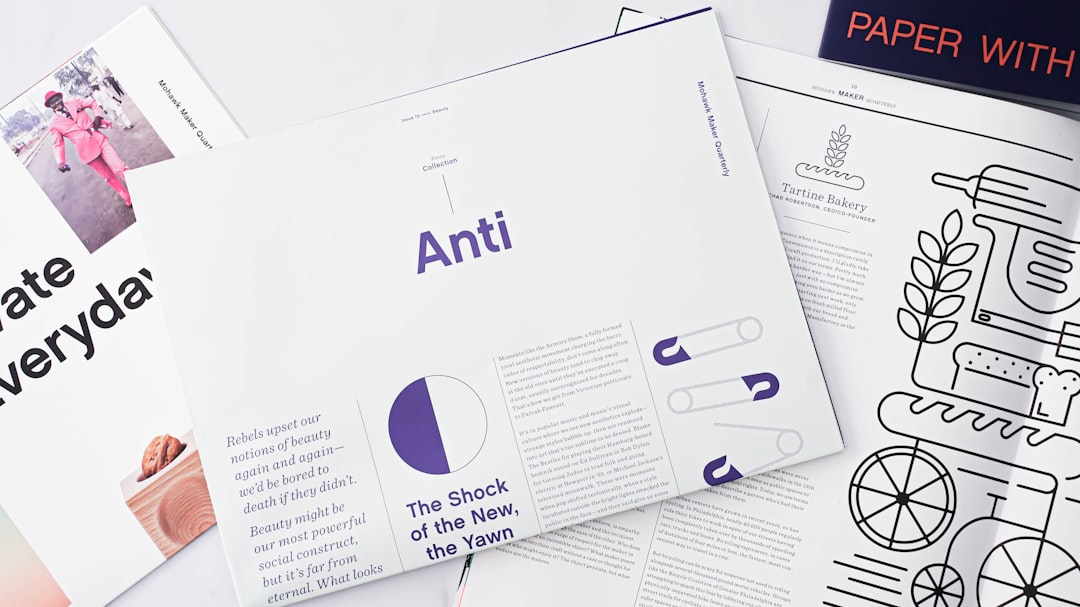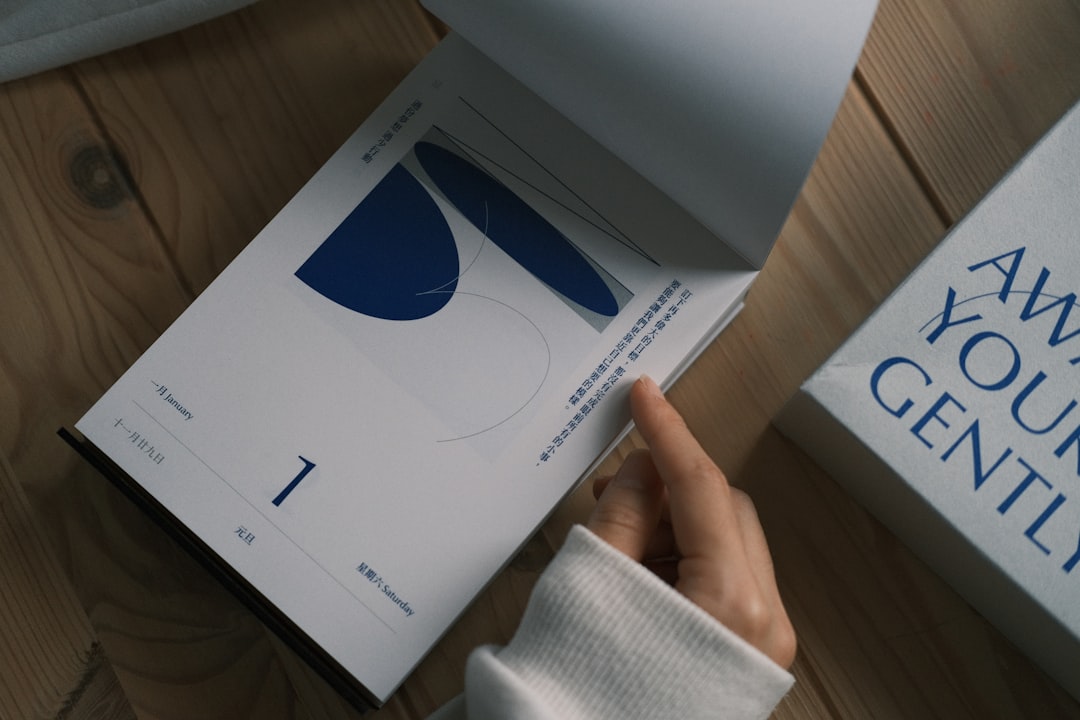When designing logos for companies, organizations, or events, digital clarity often takes center stage. However, the transition from screen to physical print can introduce a host of challenges—especially when using low-end printers. These devices lack the print fidelity of commercial or high-end office printers, potentially distorting brand presentation in real-world use.
TL;DR: Low-end printers can severely affect logo legibility, especially in terms of contrast, fine detail, and color fidelity. Our real-world tests reveal best practices for ensuring logos remain recognizable and professional when printed on affordable consumer-grade devices. Designers should prioritize high contrast, simplified detail, and scalable formats. This guide outlines what features withstand poor print output and how to future-proof your branding across both digital and printed mediums.
The Problem: Details Lost in Translation
Most designers work in pristine digital environments with hi-definition previews and scalable vector art. However, real-world users often print documents using home inkjets or outdated office laser printers. These printers introduce the following common limitations:
- Poor contrast handling due to limited dynamic range and subpar black and white balance
- Ink bleeding which smudges fine lines and diminishes detailed design elements
- Low resolution that turns intricate components into blotchy or unrecognizable blobs
When logos play such a central role in forming first impressions, degraded print output can unintentionally harm professional image and brand trust. Understanding how your logo performs on entry-level printers is critical for creating assets that remain visually coherent in less-than-ideal conditions.
Setting Up the Test Environment
To assess logo performance under realistic conditions, we selected three commonly used low-end printers:
- HP DeskJet 2755e – a widely sold consumer inkjet printer
- Canon PIXMA MG2522 – known for its low-cost color prints
- Brother HL-L2300D – an affordable monochrome laser printer
Each logo was tested on regular 80gsm office paper using standard print settings. We evaluated attributes such as sharpness, contrast retention, brand recognizability, and overall aesthetic fidelity.

Tested Logo Types
A range of logo styles helped us build a comprehensive perspective on print adaptability. These included:
- Minimalist logos with bold shapes and sparse detail
- Typographic logos, relying on small text or stylized lettering
- Illustrative logos featuring complex patterns and gradients
- Monochrome versions of all styles for black-and-white printers
Each style presents distinct challenges. For example, typographic logos with thin font strokes tended to disappear or break apart, particularly on inkjet printers, while colorful illustrative logos faced obvious issues with inaccurate color reproduction and muddy gradients.
Key Findings
After reviewing dozens of printed samples and gathering user feedback, our findings distilled into five critical observations:
1. High Contrast Wins
Logos with strong contrast between elements—particularly black on white or white on black—retained legibility far better. Low-end printers often struggle with subtle gradients or overlapping mid-tones, making high differentiation essential.
2. Detailed Lines Get Lost
Fine lines, intricate illustrations, or textures don’t translate well on basic printers. Inkjet models in particular tend to produce visible bleeding, causing close lines to merge. Similarly, laser printers with limited resolution output blocky or chunky results.
3. Simpler Logos Print Better
Clean, simple geometric logos consistently rendered with fewer visual issues. The less dependency on small detail or complex patterning, the better the logo survived reproduction. Our minimalistic test logos scored highest in subjective legibility ranking.

4. Monochrome Versions Are Essential
Not all users own or use color-capable printers. Black-and-white versions of logos offer a safeguard to ensure consistent brand presence. Logos with sufficient contrast and height-weighted typography fared especially well in single-color applications.
5. Raster Formats Harm Fidelity
Despite being functional online, raster logos (e.g., JPEG or PNG) suffer significant quality degradation in print—especially on non-retina paper surfaces. Vector formats (SVG, EPS, PDF) offer higher clarity when scaled or transformed by print software, preserving clean lines and typography.
Best Practices for Designers
If your brand might end up on printed documents—especially in decentralized or consumer-handled settings—incorporate the following guidelines into your logo design workflow:
- Test early using standard office paper and basic inkjet or laser printers
- Create vector-based assets that allow for scalable reproduction
- Include a monochrome logo version in your brand asset package
- Favor simple geometry over detail-dense illustrations
- Use color contrast to define borders and glyphs—not subtle gradients or hue shifts
Case Study: A Before-and-After Redesign
We examined a mid-sized nonprofit’s logo before and after a redesign, conducted with our findings in mind. The original included a colorful, detailed tree with small serif text beneath. On an inkjet printer, half the tree’s branches merged into a smudge and the text became unreadable.
The redesign maintained brand symbolism but simplified the tree into a silhouette and changed the text to a bold sans-serif font. Even with ink bleed and resolution limits, the new design remained legible and visually appealing at various sizes and print qualities.

Conclusion
As brand assets move from digital to physical environments, the reality of consumer printing introduces crucial technical limitations. When a logo is printed on an inexpensive home printer, it often becomes less about visual perfection and more about structural resilience.
Serious brand designers must account for this. Whether you’re creating assets for a tech startup or a local coffee shop, anticipate how your designs will survive under suboptimal reproduction. The test is not whether your logo looks fantastic on a 4K monitor—it’s whether it still represents your brand when printed with $30 worth of ink and a wavering paper feed.
Final Thoughts
Taking real-world results into consideration pays off long term. Investing extra attention in logo scalability and contrast ensures that essential brand communications—whether printed flyers, invoices, or school newsletters—remain consistent and credible.
Ultimately, designing for low-end print is not about compromising quality. It’s about ensuring accessibility, legibility and strength under constraint. A logo that works across all mediums is the most powerful beacon of your brand identity.